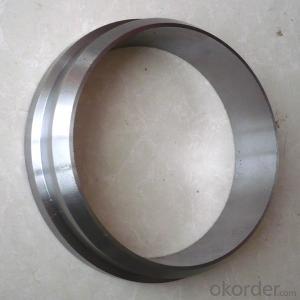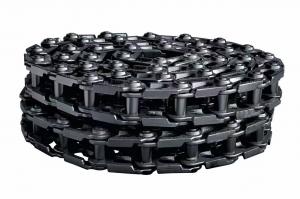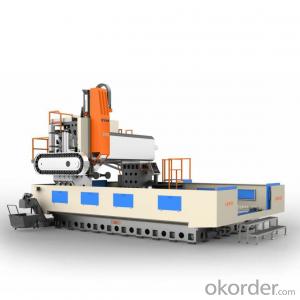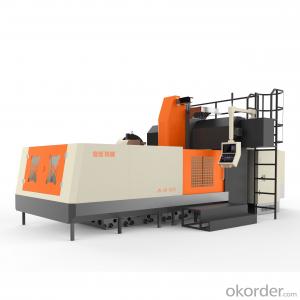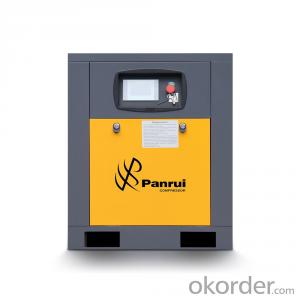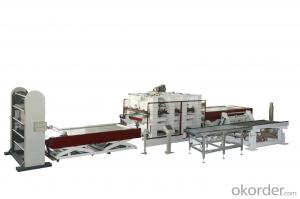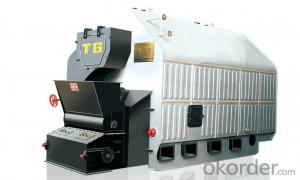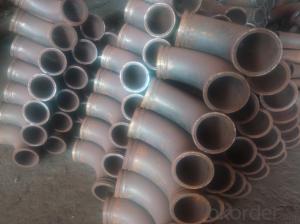Concrete Pumps Spare Parts Welding Flange DN125MM X 29MM
- Loading Port:
- Tianjin
- Payment Terms:
- TT OR LC
- Min Order Qty:
- 100 pc
- Supply Capability:
- 100000 pc/month
OKorder Service Pledge
OKorder Financial Service
You Might Also Like
Product Description:
The Concrete Pumps Spare PartsWelding Flange DN125MM X 29MM normally made by special MN13-4, to make sure the quanlity of elbows according to customer’s requests we usually keep the content of MN strictly over 15%, it will have a longer life as well, package will be in plywood box or cartons and put into container.
Scope of Application of the Goods
The Concrete Pumps Spare Parts Welding Flange DN125MM X 29MM is a concrete pumps parts for combined use with other concrete parts in for concrete pumps and truck pumps. It can be widely used in the construction of various types of concrete structures like industrial and civil buildings, bridges, roads, and other types of infrastructure.
This seals can only be used in Schwing type concrete pumps and truck pumps as well, but not in any other operations.
Product Advantages:
OKorder's Concrete Pumps Spare Parts Elbow Welding Flange DN125MM X 29MM Channels are durable, strong, and safety.
Main Product Features:
· Premium quality
· Prompt delivery & seaworthy packing (5-10 days)
Reliable performance
Easy to weld
High safety.
· Professional Service
· Competitive pricing
Measuring of wall thickness from the outside
Low purchase cost
Specifications:
DN:125MM
Width:29MM
Material: ST52
FAQ:
Q1: How long about delivery time Concrete Pumps Spare Parts Welding Flange DN125MM X 29MM ?
A1: Normally we keep the raw materials for old customers and sometime we also keep stock products to make sure delivery time in any emergency cases.
Q2: How do we guarantee the quality of our Concrete Pumps Spare Parts Welding Flange DN125MM X 29MM ?
A2: We have established an advanced quality management system which conducts strict quality tests at every step, from raw materials to the final product. At the same time, we provide extensive follow-up service assurances as required.
Q3: How soon can we receive the product after purchase?
A3: Within three days of placing an order, we will book the vessel for goods. The specific shipping date is dependent upon international and government factors, but is typically 7 to 30 workdays.
Q4: If we can produce some goods according to customers request?
A4: Yes, we can produce Welding Flange DN125MM X 29MM according to the difference country situations to make it suitable to the market and customers. We have very professional technical team to make the design for porduction of seals.
Q5: How to make a quick resolution for after service?
A5: OKorder and our manufacture both have overseas branches all-around of world.
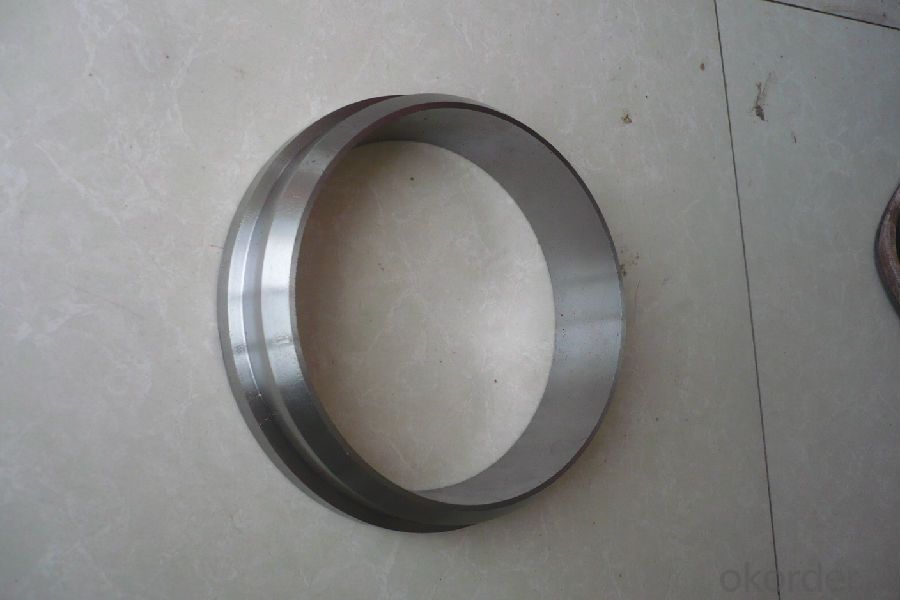
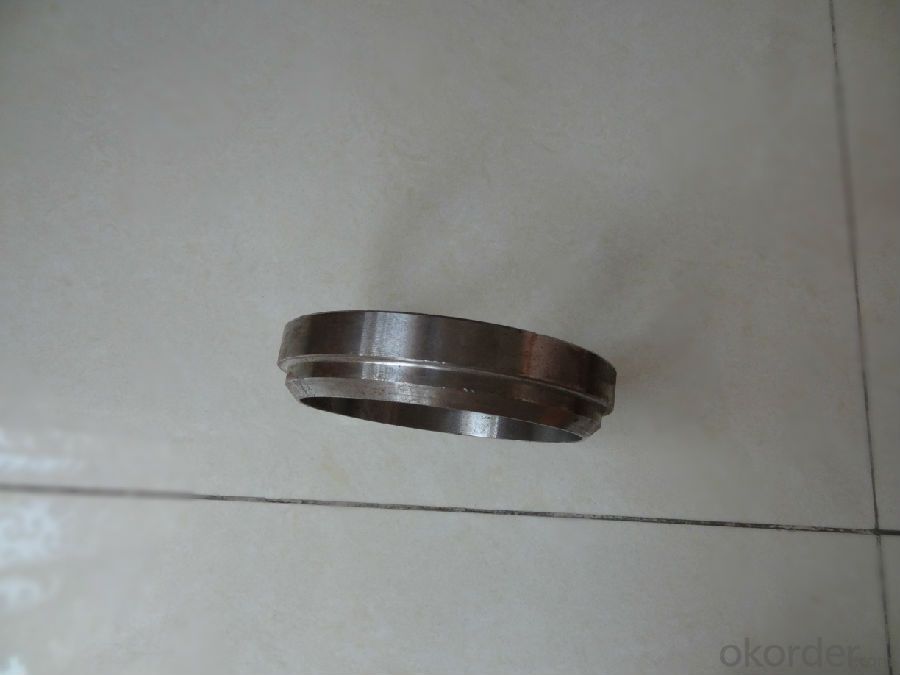
- Q:How often should hopper agitator shafts be inspected or replaced in a concrete pump?
- Hopper agitator shafts in a concrete pump should be inspected regularly, ideally during routine maintenance checks, to ensure they are in proper working condition. The frequency of inspections may vary depending on the usage and operating conditions of the concrete pump. However, a general recommendation would be to inspect or replace hopper agitator shafts at least once every 6 to 12 months to prevent any potential issues or malfunctions.
- Q:What are the different types of concrete pump clamps?
- There are several different types of concrete pump clamps, including snap clamps, bolt clamps, wedge clamps, and quick release clamps. These clamps are used to secure pipes and hoses in place and ensure a tight and secure connection during concrete pumping operations.
- Q:How often should concrete pump control valves be inspected and replaced?
- Concrete pump control valves should be inspected regularly to ensure they are functioning properly and safely. The frequency of inspections will depend on the specific conditions and usage of the concrete pump. In general, it is recommended to inspect control valves at least once every three to six months. However, if the concrete pump is used extensively or in harsh conditions, more frequent inspections may be necessary. The decision to replace control valves should be based on the inspection results and the recommendations of the manufacturer or a qualified professional. If the control valves show signs of wear, damage, or malfunction, they should be replaced immediately to avoid any potential safety hazards or disruptions in the operation of the concrete pump. Regular maintenance and timely replacement of control valves are crucial to ensure the efficient and safe operation of the concrete pump.
- Q:What are the common issues that require replacement of concrete pump spare parts?
- Common issues that often require the replacement of concrete pump spare parts include wear and tear from continuous use, damage caused by debris or foreign objects in the concrete mix, corrosion due to exposure to harsh chemicals or weather conditions, and malfunctioning or worn-out components such as seals, valves, or pistons.
- Q:How does a concrete pump S valve function?
- A concrete pump S valve functions by controlling the flow of concrete from the hopper to the discharge outlet. The S valve is a crucial component in the concrete pumping system as it allows for the precise and efficient delivery of concrete to the desired location. The S valve consists of two separate valves, one on each side, that are connected by a central shaft. These valves are shaped like an "S", hence the name. Each valve has a concrete outlet and a hydraulic cylinder that controls its movement. When the concrete pump is activated, the hydraulic system applies pressure to the cylinders, causing them to push the valves open. As the valves open, concrete is allowed to flow from the hopper into the pump's cylinder. Once the concrete is inside the cylinder, the hydraulic system reverses the pressure on the cylinders, causing them to retract. This movement pulls the valves closed, sealing off the cylinder and preventing any backflow of concrete. As the cylinder retracts, it also pushes the concrete inside towards the discharge outlet. The pressure created by the retraction of the cylinder forces the concrete through the outlet pipe, which leads to the desired location for pouring. The S valve's design allows for a smooth and continuous flow of concrete, without any interruption or blockages. It also provides a high level of control over the concrete placement, allowing operators to adjust the flow rate and direction as needed. Overall, the concrete pump S valve is responsible for regulating the flow of concrete, ensuring its efficient and precise delivery to the desired location. Its reliable and effective functioning is vital for successful concrete pumping operations.
- Q:Are there any specific maintenance requirements for concrete pump spare parts?
- Concrete pump spare parts have specific maintenance requirements that must be met to ensure optimal performance and prolong their lifespan. To achieve this, regular inspection and maintenance are necessary. Here are some key maintenance requirements for concrete pump spare parts: 1. Cleaning: It is important to regularly clean concrete pump spare parts such as pipes, hoses, and valves to remove any accumulated debris, hardened concrete, or contaminants. This can be accomplished by using appropriate cleaning agents and tools. 2. Lubrication: To minimize friction and wear, it is crucial to properly lubricate moving parts like pistons, cylinders, and bearings. It is recommended to use lubricants specifically designed for concrete pump spare parts, following the manufacturer's guidelines. 3. Inspection: Conduct regular inspections of all spare parts to identify signs of wear, damage, or misalignment. This includes checking for cracks, leaks, loose connections, or excessive wear in seals, O-rings, and gaskets. 4. Replacement: Promptly replace any damaged or worn-out spare parts to prevent further damage or potential breakdown of the concrete pump. It is essential to use genuine spare parts recommended by the manufacturer to ensure compatibility and performance. 5. Storage: When not in use, store concrete pump spare parts in a clean and dry environment to prevent corrosion or damage. Utilize proper storage racks or containers to keep the parts organized and protected. 6. Training: Adequately train operators and maintenance personnel on the correct handling, maintenance, and replacement procedures for concrete pump spare parts. This ensures that maintenance tasks are carried out correctly and efficiently. By adhering to these maintenance requirements, concrete pump spare parts can be maintained in excellent working condition, guaranteeing reliable and efficient operation of the concrete pump system. Regular maintenance not only helps prevent unexpected breakdowns but also enhances the overall performance and longevity of the spare parts.
- Q:What are the fittings of concrete pump?
- Hydraulic oil, eye plates, cutting rings (when the equipment reaches 5000 or more sides can be prepared) and so on
- Q:How can a faulty concrete pump control valve affect the pumping operation?
- The pumping operation can be adversely affected by a defective control valve for the concrete pump. To begin with, it can result in a lack of control over the rate at which the concrete flows. The control valve is responsible for regulating the quantity of concrete being pumped, and if it is faulty, it may not be able to adjust the flow rate accurately. This can lead to an inefficient operation due to an excessive or insufficient amount of concrete being pumped. Moreover, an unreliable control valve can cause inconsistent flow of the concrete. The valve is designed to maintain a steady and consistent flow, but if it is not functioning properly, it can cause fluctuations in the flow. As a consequence, the concrete may be distributed unevenly, thus affecting the quality and integrity of the pumped concrete. Additionally, a faulty control valve can contribute to accelerated wear and tear on the pump and other components. When the valve does not operate correctly, it can subject the pump to excessive pressure or strain, resulting in increased wear on the equipment. Consequently, breakdowns may occur more frequently or repairs may be needed, which can be both time-consuming and expensive. On the whole, a defective control valve for the concrete pump can have a significant impact on the pumping operation by causing a loss of control over the flow rate, inconsistent flow of the concrete, and increased wear and tear on the equipment. It is crucial to regularly inspect and maintain the control valve to ensure its proper functioning and prevent these negative consequences.
- Q:What are the skills of concrete pump?
- In the process of pumping concrete, with the increase of pump pressure, pump impact force will force the tube to move back and forth, this is not only the loss of pumping pressure, and connecting parts between the pump in shock and intermittent tension state, can lead to premature damage, and rubber pipe cement slurry overflow, therefore must be fixed the pump
- Q:How often do I need to replace concrete pump spare parts?
- The frequency of replacing concrete pump spare parts largely depends on the usage and maintenance of the pump. However, it is generally recommended to inspect and replace worn-out or damaged parts regularly to ensure optimal performance and prevent any potential breakdowns.
1. Manufacturer Overview |
|
|---|---|
| Location | |
| Year Established | |
| Annual Output Value | |
| Main Markets | |
| Company Certifications | |
2. Manufacturer Certificates |
|
|---|---|
| a) Certification Name | |
| Range | |
| Reference | |
| Validity Period | |
3. Manufacturer Capability |
|
|---|---|
| a)Trade Capacity | |
| Nearest Port | |
| Export Percentage | |
| No.of Employees in Trade Department | |
| Language Spoken: | |
| b)Factory Information | |
| Factory Size: | |
| No. of Production Lines | |
| Contract Manufacturing | |
| Product Price Range | |
Send your message to us
Concrete Pumps Spare Parts Welding Flange DN125MM X 29MM
- Loading Port:
- Tianjin
- Payment Terms:
- TT OR LC
- Min Order Qty:
- 100 pc
- Supply Capability:
- 100000 pc/month
OKorder Service Pledge
OKorder Financial Service
Similar products
New products
Hot products
Hot Searches
Related keywords
